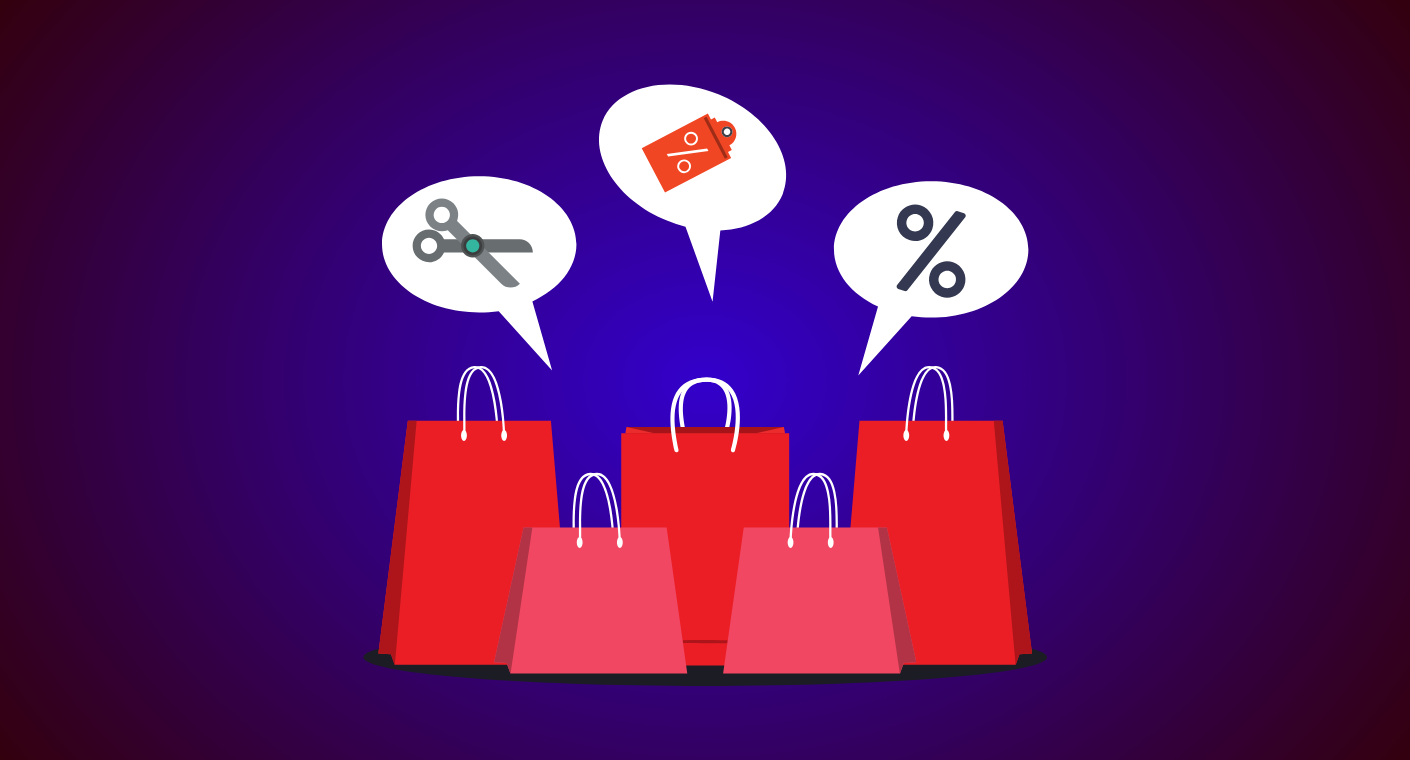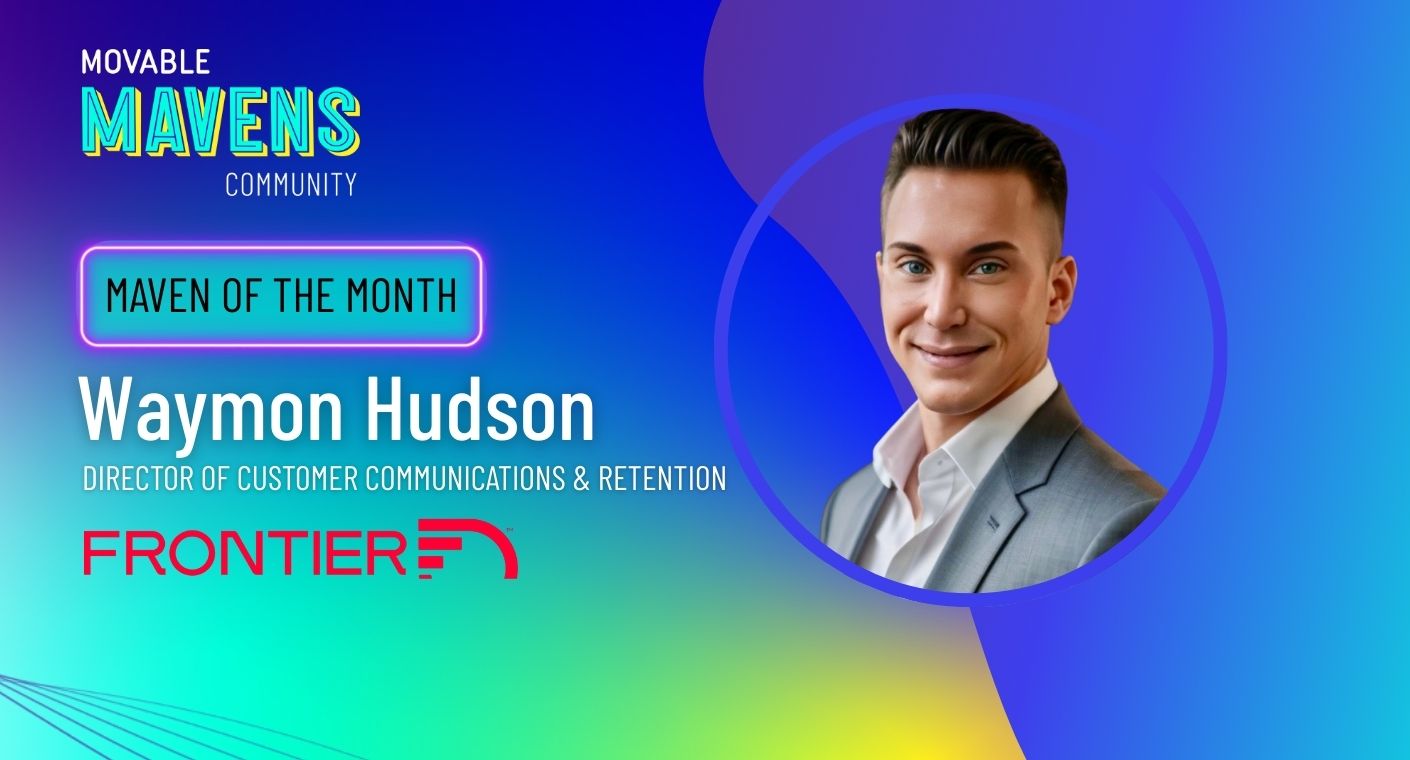Economic uncertainty has many consequences.
For consumers, the lack of market confidence can lead to reduced spending. Households are forced to reallocate their budgets to focus on managing inflation and getting through what could be hard times. Unfortunately, the statistics bear this out. Almost 35% of consumers are planning to reduce spending in the next year, a six percent increase from November 2021.
It’s a terrifying statistic for CMOs, who are seeing their organizations respond in kind. Many C-suite executives feel the need to cut costs on the margins in anticipation. If you’ve been in the industry long enough, you know that many companies see marketing as the first budget on the chopping block.
Yet even as many brands plan on reducing their 2023 spending, 52% of CMOs have reported the opposite. Marketing executives across industries are increasing their budgets next year. These are the brands that know you can still drive success during times of slow growth.
Now is not the time to start cutting costs. Instead, use the slowdown to redouble your loyalty efforts and strengthen customer relationships.
Building a successful marketing strategy in 2023 will require vision. A vision that puts customers first, transitions to a media-like content strategy, and tailors every marketing message to each customer.
Maintaining a Customer-First Mentality
Tough economic times present an opportunity for brands to redouble their effort on current customer needs. To do so, brands will need to emphasize digital channels, loyalty programs, and data-driven marketing. Why? Loyalty programs offer tangible value to customers in exchange for precious data. Digital channels deepen your relationship with consumers by meeting them everywhere they shop. And the data you collect from digital channels can help reach every customer through 1:1 marketing, increasing the likelihood of spending during tough times.
It is less expensive to target existing customers than it is to reach new ones. This old business maxim is especially true during slowdowns. In fact, 67% of consumers spend more when they're in a loyalty program. This doesn’t mean that customers want to stay loyal. When price is top of mind, consumers need a reason to stay loyal.
But loyalty isn't free. You may have established relationships with customers, but you will still need to beat the brand down the street. Deloitte found that consumers were "once satisfied with generic loyalty programs." But they now "expect differentiated, personalized loyalty experiences."
Personalization is the way to create those differentiators. Offer better incentives and build a lasting, two-way relationship with your customers. To do so, you will need to know the data and use every customer interaction in your marketing communications. In other words, to drive revenue in 2023, you’ll need to have the “conditions” to understand and action every customer data point.
Prioritize Customer-Centricity
Reassure your customers when times are unpredictable.
Read the eBook
Creating a Media Ecosystem
Consumer spending will continue to fluctuate in the next year. Yet marketers will need to nurture every customer, no matter how much (or how little) they're spending.
Marketers need to diversify their approach to the customer journey. The same people that were regulars last year may not have the means to spend until inflation decreases or confidence increases. Treated right, those customers could come back to your brand with a vengeance once the bull market returns.
You could continue marketing to reluctant shoppers by looking at content the way media brands do. That means thinking outside the box and moving past articles, videos, and social media posts focused on brand awareness and selling.
In a recent interview, CMO of Recorded Future Tom Wentworth said he was looking to create “valuable content that goes beyond marketing content and takes a page out of the journalistic playbook.” The goal is to build rapport and trust with your customers by expanding the experiences your brand offers.
As an example, take an outdoor brand whose customers are adventurers, hikers, and people who care about the environment. Marketers create content such as articles and videos based on environmental activism, the best day trips for Pacific Northwesterners, and five cycling adventures you cannot miss. This allows email marketers to build campaigns whose only goal is a partnership between the enthusiast and the brand.
The content isn’t selling anything, yet it is increasing the likelihood that the adventurer will see the outdoor brand as a source and as a store. This builds trust. And trust is important when marketers compete every day with hundreds of brand emails and dozens of mobile notifications.
Expanding your content can build the expertise customers want from brands asking for their loyalty. It also nurtures consumers that are less willing to spend money because of inflation and economic uncertainty. These folks will return. And when they do, they'll look to who they see as the experts first.
Tailor every marketing communication to every customer
Plenty of organizations describe themselves as customer-obsessed, customer-centric, or customer-focused. Not as many dedicate the time, resources, and human power to dig deep into what customers want and deliver it in every brand experience.
Customer-centricity is possible because brands have access to troves of data based on online consumer behavior. Every click, every abandoned cart, and every filled-out survey leaves traces of data that combine to tell a story. If collected and understood correctly, the story answers every question you have about what your customers want.
The story is easier to collect than it is to understand. It’s even harder to use that story to drive your marketing. But the juice is worth the squeeze. According to Forrester, “87% of (survey) respondents at customer-led companies estimated that their revenue grew in the most recent fiscal year compared to only 61% of…non-customer-led companies.”
Tailor your marketing to customer needs, based on their data, and you could quickly increase revenue. With the current macroeconomic factors bearing down on most B2C brands, CMOs will need to create a strategy where every customer receives exactly what they want from a brand at the right time on the right channel.
Want to be as customer-obsessed as the leading brands? It's time to move away from simple email and mobile segmentation in favor of 1:1, data-driven personalization. Your 2023 tech budget should reflect that effort by focusing on software that breaks data silos, helps build and deploy 1:1 communications, and automates as much as it can.
Conclusion
No one knows where the economy is heading in the short term. But no downturn is permanent. Many CMOs might feel the urge to constrain their campaign and tech spending to meet the possible reduction in consumer spending as well as corporate budget cuts. At the same time, forward-thinking executives will take this time to innovate and double down on exactly what their customers want.
In 2023 it's the CMO that will lead their companies' efforts to become customer obsessed. They will do so by diversifying their content to capture the attention of spenders and non-spenders alike, all while tailoring every message to each unique shopper.








